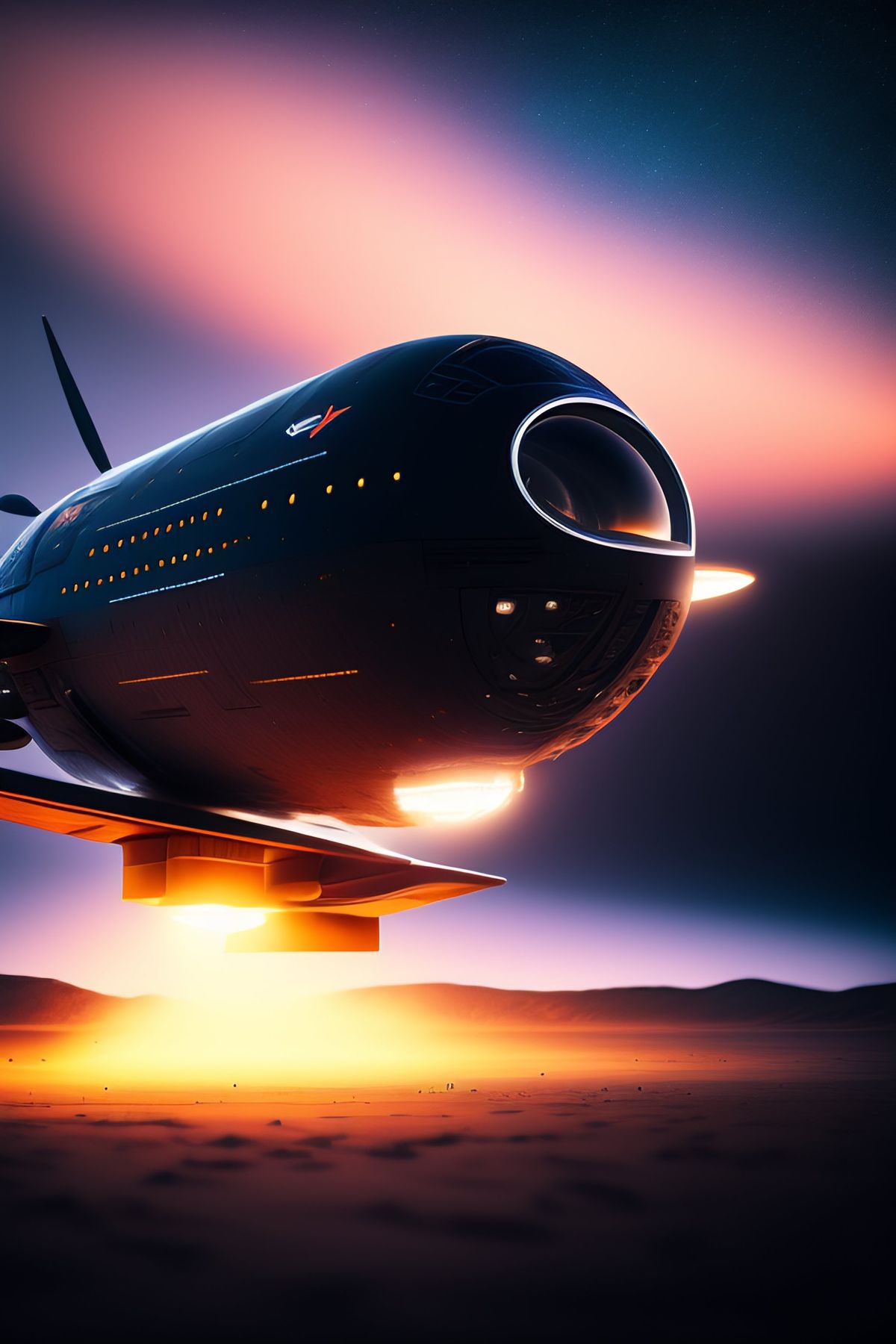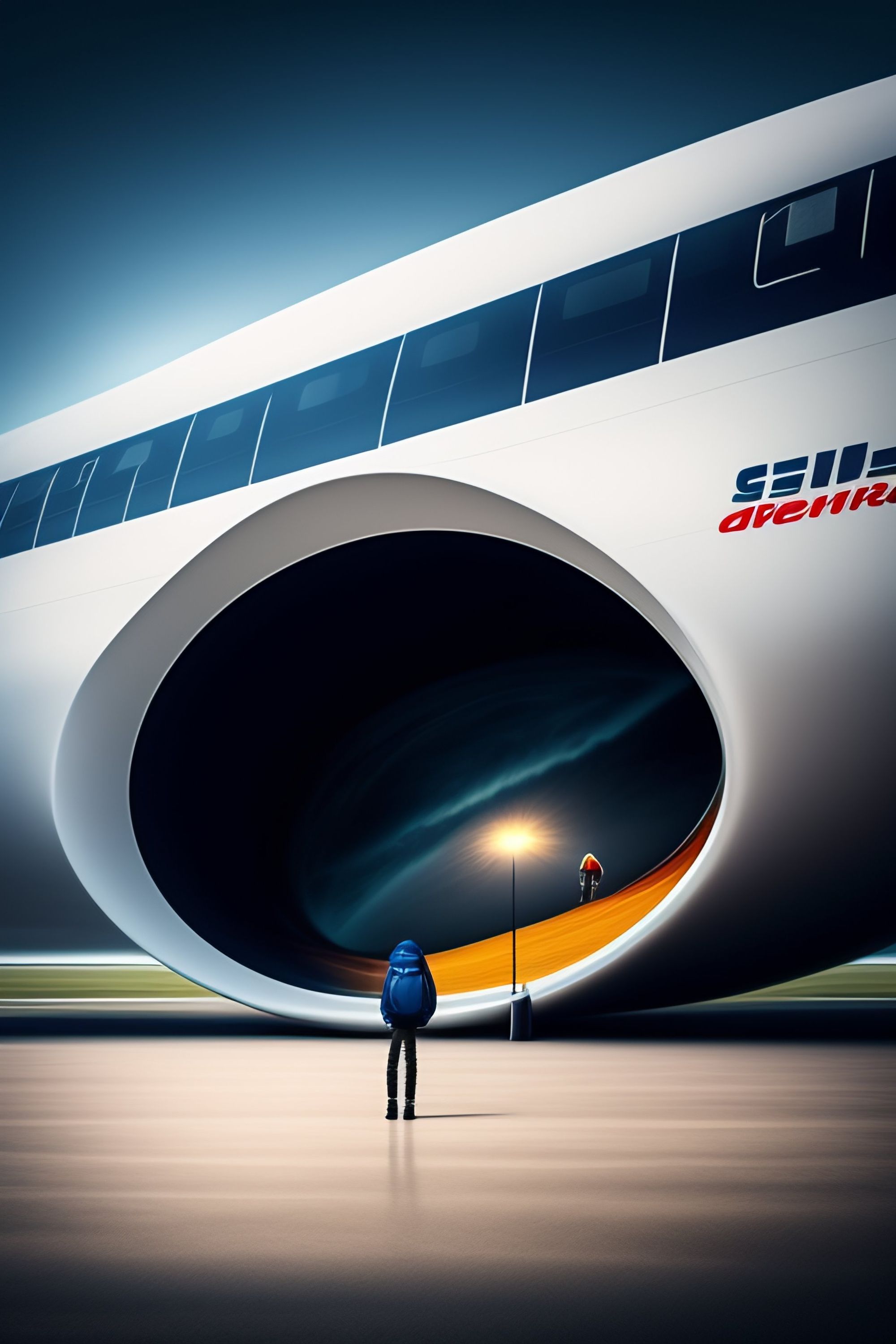Electric Aeroplanes: Welcome to the Future of Flying
As an AI veteran and a passionate advocate for sustainable technologies, I, Mr. Mohan Leela Shankar am thrilled to shed light on this remarkable innovation that promises to change the way we travel and, more importantly, how we take care of our planet.

An Overview of Electric Aeroplanes:
Welcome to the future of flying! The aviation industry has long been a symbol of human progress, connecting people and cultures across the globe. However, with the growing concerns about climate change and the environmental impact of conventional aircraft, it's time to embrace a revolutionary transformation in the skies – the era of electric aeroplanes.
As an AI veteran and a passionate advocate for sustainable technologies, I, Mr. Mohan Leela Shankar am thrilled to shed light on this remarkable innovation that promises to change the way we travel and, more importantly, how we take care of our planet.
The Environmental Imperative
The need for a greener aviation solution has never been more urgent. Traditional aircraft, powered by fossil fuels, contribute significantly to greenhouse gas emissions, air pollution, and climate change. In recent years, public awareness of the environmental impact of aviation has escalated, compelling both the industry and governments to explore alternative solutions. Electric aeroplanes present a formidable response to this call, offering a cleaner, more sustainable way to take flight.

The Rise of Electric Aviation
Electric aeroplanes are not a mere concept of the future; they are becoming a tangible reality, thanks to the remarkable advancements in technology and the collective efforts of pioneering aerospace engineers. In the early days of electric aviation, we saw experimental small-scale aircraft attempting to demonstrate the feasibility of electric propulsion. However, over the past few years, major aerospace players and startups alike have shifted gears to develop commercial electric aeroplanes with increased range, capacity, and efficiency.
The Advantages of Electric Airplanes
- Environmental Benefits: Electric aeroplanes are powered by electric motors, which produce zero direct emissions. With the increasing use of renewable energy sources to generate electricity, flying in an electric aircraft significantly reduces carbon footprint compared to conventional planes.
- Reduced Noise Pollution: Electric aircraft are quieter than their conventional counterparts, leading to reduced noise pollution around airports and flight paths. This makes them more suitable for urban environments and helps improve the quality of life for residents living near airports.
- Lower Operating Costs: Electric aeroplanes have fewer moving parts and simpler propulsion systems, resulting in lower maintenance costs over time. Additionally, the cost of electricity is generally lower than traditional aviation fuels, leading to potential cost savings for airlines and passengers.
- Improved Efficiency: Electric propulsion systems have a higher power-to-weight ratio, making electric aeroplanes more energy-efficient than traditional jet engines. This improved efficiency translates into longer flight ranges and reduced energy consumption.
- Innovative Aircraft Design: Electric propulsion allows for innovative aircraft designs, such as distributed propulsion systems and blended-wing concepts. These designs can enhance aerodynamics, further improving efficiency and performance.

Notable Players in Electric Aviation
Several companies and organizations have taken up the challenge of bringing electric aeroplanes into mainstream aviation. Let's take a look at some of the notable players in this field:
- Wright Electric: This startup aims to develop an all-electric commercial airliner with a range suitable for short-haul flights. Partnered with easyJet, Wright Electric envisions transforming regional air travel.
- Airbus: One of the world's leading aircraft manufacturers, Airbus, has been investing in electric aviation research and development. Their E-Fan X project, a hybrid-electric aircraft, was a significant step forward in testing electric propulsion systems.
- Eviation Aircraft: Eviation has been working on the development of an all-electric regional aircraft called Alice, with a capacity for up to nine passengers and a range of approximately 620 miles.
- Zunum Aero: Backed by Boeing and JetBlue, Zunum Aero is developing hybrid-electric regional aircraft aimed at reducing operating costs and environmental impact on short-haul routes.

Challenges and the Road Ahead
While electric aviation holds great promise, it's essential to acknowledge and address the challenges that lie ahead:
- Energy Density of Batteries: Current battery technology has limitations in energy density compared to aviation fuels. Improving battery technology is critical to achieving longer flight ranges for electric aeroplanes.
- Charging Infrastructure: Developing a reliable and efficient charging infrastructure for electric aeroplanes at airports worldwide is a significant logistical challenge that requires collaboration between governments, airlines, and technology providers.
- Regulatory Approvals: Integrating electric aircraft into existing air traffic management systems and obtaining necessary certifications from aviation authorities pose regulatory challenges that need to be carefully navigated.
- Public Perception: Convincing the public of the safety and reliability of electric aeroplanes is crucial for their successful adoption. Education and awareness campaigns will play a pivotal role in gaining public trust.

Conclusion
Electric aeroplanes represent a bold and transformative step toward a sustainable future for aviation. With their potential to drastically reduce emissions, noise pollution, and operating costs, these aircraft promise a cleaner and more efficient mode of transportation. While there are challenges to overcome, the rapid progress in electric aviation is a testament to human ingenuity and our commitment to a greener planet.
As an AI veteran, I am optimistic about the possibilities that lie ahead.
The convergence of cutting-edge technology, visionary companies, and the collective will to combat climate change ensures that electric aeroplanes are more than just a fleeting dream; they are a signpost pointing us towards a cleaner, greener, and brighter future in the skies.
So, let us welcome the dawn of electric aviation with open arms and embark on a journey towards a sustainable and eco-friendly future of flying. The sky's the limit, and with electric aeroplanes, it's a sky we can protect for generations to come.





